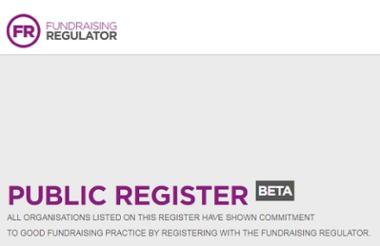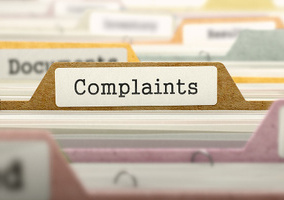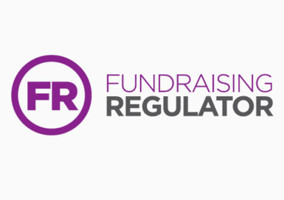The threat to "name and shame" charities which refused to pay the fundraising levy was worth nearly £1m of income to the Fundraising Regulator in its first year, according to a new study.
While the study, produced by NCVO and the Voluntary Sector Studies Network, found that the risk of reputational damage was enough to convince many charities to pay, the threat of naming and shaming non-payers may “come at the cost of building confidence in the new regime” in the future.
The study estimates that the fundraising levy generated around £900,000 more in its first year due to the threat of reputational damage to non-payers than it would have done had the levy been purely voluntary. That means the regulator's income would have been around £790,000 if it had charged on a purely voluntary model.
This would have been in excess of £1.4m short of the between £2.2m to £2.4m annual budget recommended for it in the Etherington Review in 2015.
In practice, the first year of the fundraising levy raised over £1.6m from some 1,200 contributing charities. The second year of the levy bought in more than £1.95m for the regulator.
The findings show that “fundraising charities place a high value on their reputations” and found the “threat of being ‘named and shamed’ by the regulator was a significant one”.
The study also said that “the levy was necessary to secure the level of participation of charities observed, particularly for small to medium-sized fundraising charities,” given that many large charities would have contributed anyway.
By comparison, in its final year of operation, the old Fundraising Standards Board was operating with an annual income of just over £500,000, which it generated entirely through a membership scheme.
‘Limitations of punitive threat’
The study concludes that, while the threat to "name and shame" charities was a necessary one on the regulator’s part to ensure short-term adherence to the levy, it will become a less effective tactic in the future, should the regulator not be able to prove itself worthy of trust.
“Our analysis suggests that the ‘name and shame’ approach can be an effective strategy for regulators where the regulated organisations are concerned for their reputations. In the short term, it has the potential to drive participation in regulation even where there is little statutory powers to compel it. However, regulators need to be aware that this approach may come at the cost of building confidence in the new regime.”
It suggested that “charities need to be seen to publicly support the regulator and to be paying the levy not because of the threat to reputation of not paying but rather for the reputational boost that being regulated will bring to individual organisations and to the sector as a whole.
“It remains to be seen whether paying the levy represents a strategic response by charities, thus leading to the raising of fundraising standards, or if it is simply weak, pro-forma compliance with the demands of the regulator.”
Method
The study was based on “financial data from the Charity Commission, combined with the information on who paid the levy” for 2017, taken from the Fundraising Regulator’s website.
It then attempted to estimate the effect of the regulator’s decision to name and shame those charities not contributing to the levy by using a “quasi-experimental approach known as Regression Discontinuity Design (RDD)”.
The paper defines an RDD as “a method for estimating treatment effects in a nonexperimental setting where treatment is determined by whether an observed “assignment” variable (also referred to in the literature as the “forcing” variable or the “running” variable) exceeds a known cut-off point.”
A blog written by one of the study's co-author's can be read on NCVO's website here.
|
Related Articles












